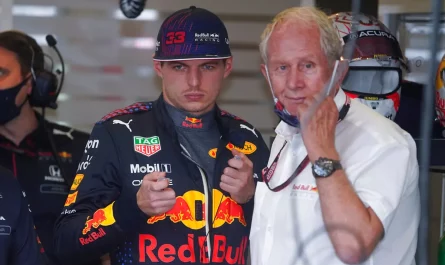After the Qatar Grand Prix, the Formula One International Federation (FIA) announced that it will investigate the possibility of making modifications to the racing calendar as well as other potential responses to the harsh weather.
After a race that was held in temperatures more than 30 degrees Celsius and with a high humidity level, a few of the drivers required medical assistance.
Esteban Ocon, the driver for Alpine, stated that he had thrown up in his helmet.
The regulatory body of motorsports has stated that competitors should not be expected to take part in events that put their health or safety in jeopardy.
George Russell, who drove for Mercedes and competed in the Qatar Grand Prix, described the race as “brutal” and said he “felt close to fainting” while Logan Sargeant, who drove for Williams and competed in the race, retired because he was unable to continue enduring the circumstances.
Alex Albon, the American’s teammate, was also brought in to be treated for extreme heat exposure and was sent to the medical center.
“The FIA has begun an analysis into the situation in Qatar to provide recommendations for future situations of extreme weather conditions,” stated the organization’s regulatory body.
“It should be noted that, while next year’s edition of the Qatar Grand Prix is scheduled later in the year, when temperatures are expected to be lower, the FIA prefers to take material action now to avoid a repeat of this scenario.”
When the FIA has a meeting of its medical commission in Paris, the organization has stated that it will also consider ways to prevent a situation like the one that occurred in Qatar.
“Measures may include guidance for competitors, research into modifications for more efficient airflow in the cockpit, and recommendations for changes to the calendar to align with acceptable climatic conditions, among others,” the FIA said in statement.
“Research from other series’, such as cross-country events in extreme climates, will be examined for potential applications to circuit events.”




